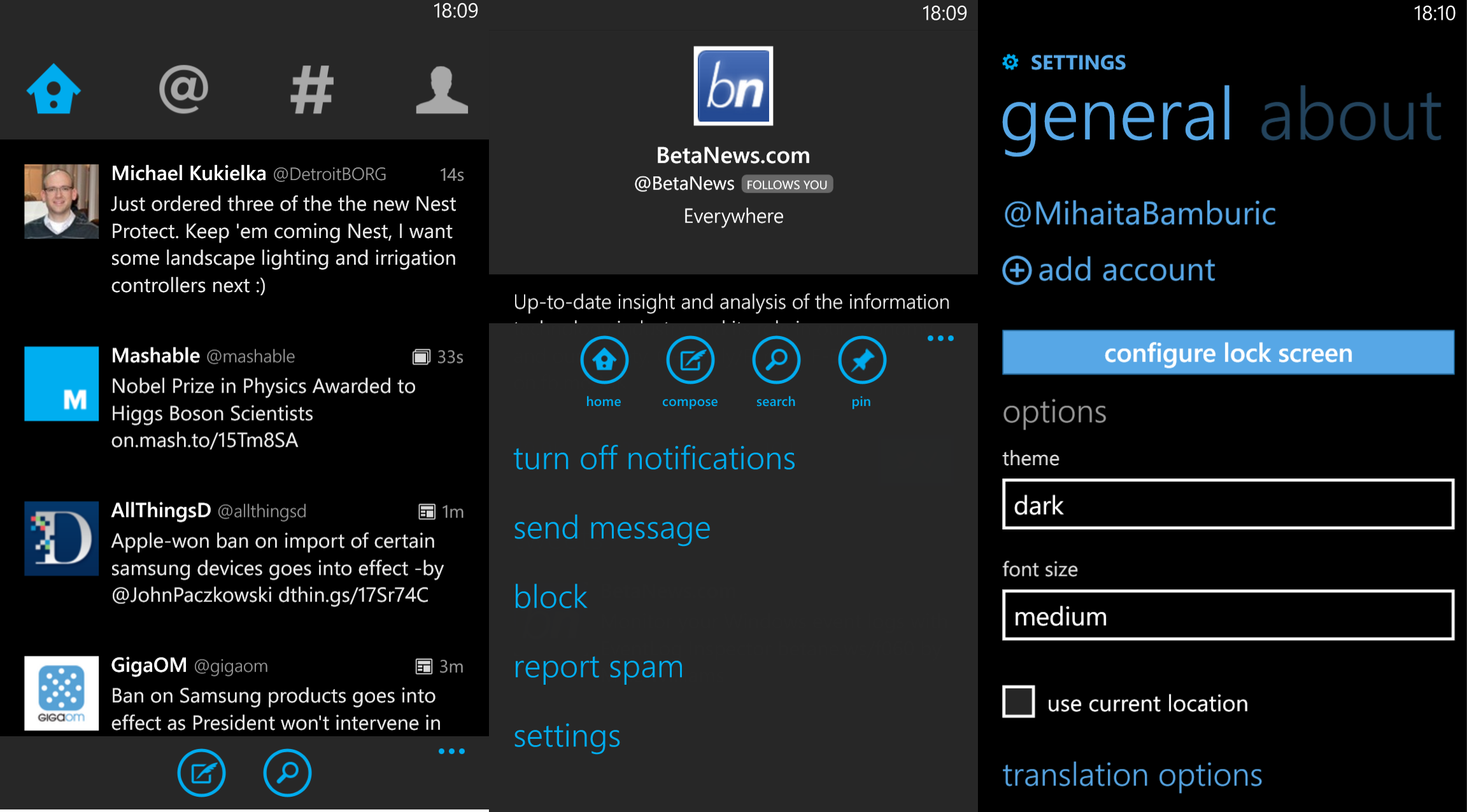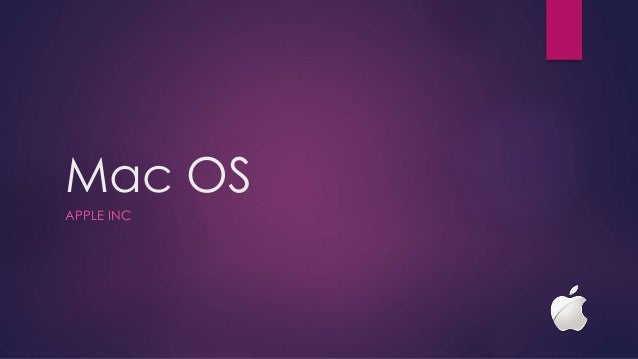Apple II Operating System boot floppies. The Internet Archive Software Library is a large collection of viewable and executable software titles, ranging from commercially released products to public domain and hobbyist programs. Using the JSMESS emulator, users can 'boot up' an emulation of the given title and use it in their browser. Open Source OS: Linux Windows XP Windows Vista Windows 7 Windows 8 Windows 10 Mac OS X Language: EN Version: 1.0.0-8. Boot Camp for Windows 7. It is now possible to have two operating systems on Mac computer thanks to Boot Camp for Windows 7. It is a program designed for installing Windows 7 on a Mac computer. From the Apple menu in the corner of your screen, choose About This Mac. You should see the macOS name, such as macOS Big Sur, followed by its version number. If you need to know the build number as well, click the version number to see it. Which macOS version is the latest?
Samsung Magician is the service used to optimize Samsung solid state drives (SSDs), helping users to monitor drive health, manage and protect data, and maximize performance. We consider it an essential service for keeping drives running smoothly and securely. Downloading or upgrading to Samsung Magician software version 6.1 is easy and free. Samsung Magician’s intuitive user interface puts an advanced suite of optimization tools at your fingertips. Monitor drive health, customize your SSD, and maximize performance just like a pro. Samsung magician rapid mode. Samsung Magician is a program that will give you all sorts of details about the status of your solid state drive. Thanks to this software you can diagnose the health of your hard drive: check its usage time, temperature, and TBW (total bytes written) information. Samsung Magician, also called Samsung SSD Magician Software, is a powerful suite of optimization tools provided by Samsung business conglomerate. The Samsung Magician software has a dark theme and it can be used to monitor drive health, customize your SSD, and maximize performance. Samsung SSD Magician 6.3.0 The Samsung SSD Magician software facilitates easy maintenance and use of Samsung SSD products connected to a desktop or notebook computer.
Apple Operating System Update
- Apple also spends billions of dollars in R&D (Research and Development) which however included in the cost of the product. Hard to learn and Use. This is the most denied myth by any Mac user because Mac OS feels much more easy to learn and operate as compared with any other Operating System. It has a very user-friendly user interface.
- Which Mac operating system is the best is a topic of numerous debates among Apple fans. Since the mission of this blog is to refute myths and legends around Macs, it’s time for me to provide my 2 cents about the issue on hand. While everything below is just my opinion, as a long-time Mac user and v.
Download azure data explorer. Our editors will review what you’ve submitted and determine whether to revise the article.
Join
Apple Operating System Names
Britannica's Publishing Partner Program and our community of experts to gain a global audience for your work!Apple Inc., formerly Apple Computer, Inc., American manufacturer of personal computers, smartphones, tablet computers, computerperipherals, and computer software. It was the first successful personal computer company and the popularizer of the graphical user interface. Headquarters are located in Cupertino, California.


Garage start-up
Apple Inc. had its genesis in the lifelong dream of Stephen G. Wozniak to build his own computer—a dream that was made suddenly feasible with the arrival in 1975 of the first commercially successful microcomputer, the Altair 8800, which came as a kit and used the recently invented microprocessor chip. Encouraged by his friends at the Homebrew Computer Club, a San Francisco Bay area group centred around the Altair, Wozniak quickly came up with a plan for his own microcomputer. In 1976, when the Hewlett-Packard Company, where Wozniak was an engineering intern, expressed no interest in his design, Wozniak, then 26 years old, together with a former high-school classmate, 21-year-old Steve Jobs, moved production operations to the Jobs family garage. Jobs and Wozniak named their company Apple. For working capital, Jobs sold his Volkswagen minibus and Wozniak his programmable calculator. Their first model was simply a working circuit board, but at Jobs’s insistence the 1977 version was a stand-alone machine in a custom-molded plastic case, in contrast to the forbidding steel boxes of other early machines. This Apple II also offered a colour display and other features that made Wozniak’s creation the first microcomputer that appealed to the average person.
Commercial success
Though he was a brash business novice whose appearance still bore traces of his hippie past, Jobs understood that in order for the company to grow, it would require professional management and substantial funding. He convinced Regis McKenna, a well-known public relations specialist for the semiconductor industry, to represent the company; he also secured an investment from Michael Markkula, a wealthy veteran of the Intel Corporation who became Apple’s largest shareholder and an influential member of Apple’s board of directors. The company became an instant success, particularly after Wozniak invented a disk controller that allowed the addition of a low-cost floppy disk drive that made information storage and retrieval fast and reliable. With room to store and manipulate data, the Apple II became the computer of choice for legions of amateur programmers. Most notably, in 1979 two Bostonians—Dan Bricklin and Bob Frankston—introduced the first personal computer spreadsheet, VisiCalc, creating what would later be known as a “killer app” (application): a software program so useful that it propels hardware sales.
Homebrew imagemagick. While VisiCalc opened up the small-business and consumer market for the Apple II, another important early market was primary educational institutions. By a combination of aggressive discounts and donations (and an absence of any early competition), Apple established a commanding presence among educational institutions, contributing to its platform’s dominance of primary-school software well into the 1990s.

Competition from IBM
Apple’s profits and size grew at a historic rate: by 1980 the company netted over $100 million and had more than 1,000 employees. Its public offering in December was the biggest since 1956, when the Ford Motor Company had gone public. (Indeed, by the end of 1980, Apple’s valuation of nearly $2 billion was greater than Ford’s.) However, Apple would soon face competition from the computer industry’s leading player, International Business Machines Corporation. IBM had waited for the personal computer market to grow before introducing its own line of personal computers, the IBM PC, in 1981. IBM broke with its tradition of using only proprietary hardware components and software and built a machine from readily available components, including the Intel microprocessor, and used DOS (disk operating system) from the Microsoft Corporation. Because other manufacturers could use the same hardware components that IBM used, as well as license DOS from Microsoft, new software developers could count on a wide IBM PC-compatible market for their software. Soon the new system had its own killer app: the Lotus 1-2-3 spreadsheet, which won an instant constituency in the business community—a market that the Apple II had failed to penetrate.
Macintosh and the first affordable GUI
Apple had its own plan to regain leadership: a sophisticated new generation of computers that would be dramatically easier to use. In 1979 Jobs had led a team of engineers to see the innovations created at the Xerox Corporation’s Palo Alto (California) Research Center (PARC). There they were shown the first functional graphical user interface (GUI), featuring on-screen windows, a pointing device known as a mouse, and the use of icons, or pictures, to replace the awkward protocols required by all other computers. Apple immediately incorporated these ideas into two new computers: Lisa, released in 1983, and the lower-cost Macintosh, released in 1984. Jobs himself took over the latter project, insisting that the computer should be not merely great but “insanely great.” The result was a revelation—perfectly in tune with the unconventional, science-fiction-esque television commercial that introduced the Macintosh during the broadcast of the 1984 Super Bowl—a $2,500 computer unlike any that preceded it.
- 1976 - present
- related people
- Co-founder Ronald Wayne sold his 10% stake in Apple for $800.
- Apple was founded on April Fool's Day in 1976.
- The Apple logo was designed with a bite so that it wouldn't be mistaken for a cherry from afar.
- Apple's market cap is greater than the GDPs of the Netherlands, Switzerland, Saudi Arabia, Sweden, and Norway.
- In 2011, Apple's financial reserves were greater than the U.S. Treasury's operating cash balance.
